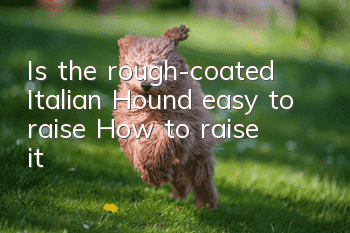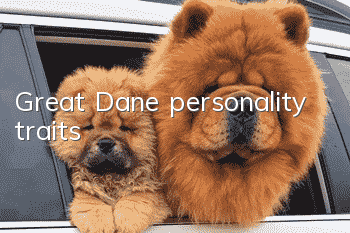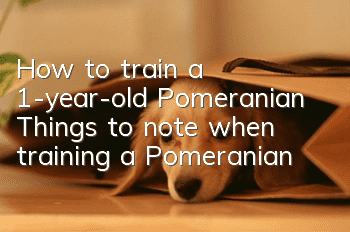Is the rough-coated Italian Hound easy to raise? How to raise it?

The rough-coated Italian hound is a medium-sized hound originating from Italy. Their appearance is lean and muscular, and their coat is rough and short. Most importantly, their senses of sight and smell are very sensitive. During the Italian Renaissance, the rough-coated Italian Hound won the praise and favor of many people for its beautiful appearance. Until now, the rough-coated Italian Hound has become almost a universal companion dog in Italy. So popular with the Italian people, how can it not be brought to China, so that we Chinese people can feast our eyes on it and feel the joy and happiness brought by the rough-coated Italian hound?
1. The historical origin of the rough-coated Italian Hound
The history of rough-coated Italian hounds is quite old, and they have been around as early as the 14th century. Their sense of smell and vision are very sensitive, and their legs are very long. They are particularly outstanding in hunting and have very superb and powerful hunting abilities. Therefore, they were extremely loved by hunters at the time and were bred in large numbers. By the Italian Renaissance, rough-coated Italian hounds were loved by most ordinary people, who pampered them as family companions. Even some of the oil paintings left behind can prove that they were once really common. . But when the World War broke out, the rough-coated Italian Hound was greatly harmed and almost extinct. So now the number of rough-coated Italian hounds has been greatly reduced, far less than before.
2. Appearance characteristics of the rough-coated Italian Hound
The rough-coated Italian Hound is a medium-sized dog. Their body proportions are very well-proportioned, their muscles are well developed, their structure is tight, and there is no trace of excess fat. Their eyes are round and large, not the almond-shaped eyes of many dog breeds. They look energetic but not cunning, making them feel very comfortable. The biggest feature of the head is their ears. The rough-coated Italian Hound's ears are relatively large, starting from the bottom behind the eyes and hanging down on both sides of the head. The lips are also relatively thin and do not protrude or hang. The coat is not long, thick and fine, but very shiny. The tail is thin, very thin from the base.
3. How to raise rough-coated Italian hounds
1. Feeding
The activity level of rough-coated Italian hounds is actually quite large, because they are relatively lean and easy to move around, so they should have sufficient food intake. The amount of meat fed every day is about 300 grams to 500 grams, and the amount of vegetarian food is equal to the amount of meat. Prepare enough drinking water every day so that they can be replenished in time when they are thirsty. Don’t choose the kind of food bowl used for puppies. That kind of dog bowl is too short, and rough-haired Italian dogs will lower their heads for a long time when eating, which is very bad for their spine and cervical vertebrae. Food and water basins, including other utensils, must be disinfected regularly to keep food hygienic and clean.
2. Training
Rough-haired Italian Hounds have been very powerful hunting dogs in the past, so their body genes have always had a strong ability to "obey". Their smart brains can accurately and promptly determine what their owners are going to say and what they need them to do. This is not difficult. Therefore, training a rough-coated Italian retriever is a relatively easy job. You just have to figure out what you want them to be and go at their pace. Provide material rewards in a timely manner after completing the actions. If they are not completed, you must wait until they are completed before giving food, otherwise the effect will not be achieved.
Guess you like it
Laizhou Red | Neapolitan Mastiff | German Black Shellfish | Snow Mastiff | Czech Wolfdog | Kunming Dog | British Setter | Hericium Terrier
Basset Griffin Vendeen | Havanese | Rottweiler | Norwegian Terrier | Czech Terrier | Tibetan Terrier | Swedish Corgi | Toy Fox Terrier
Sussex Spaniel | Bedlington Terrier | Dogs with loss of appetite | Canary Dog | Siberian Husky | Komondor | Brazilian Mastiff
Karelian Bear Dog | Bergamasca | New Guinea Singing Dog | Skye Terrier | Thai Ridgeback | Brussels Griffon
- What is respiratory anesthesia for pets? How do you view anesthesia risks?
- What to do if your dog’s nose is dry
- Which color of fawn dog is the most expensive? Fawn dog price!
- How to correct your dog’s food picking
- How to remove tear stains from dog’s eyes?
- What should you pay attention to when choosing pet food?
- How to train an Alaskan Malamute to walk well
- Samoyed age and weight comparison chart
- How to choose a good Samoyed puppy?
- What to do if your puppy doesn’t want to drink water



